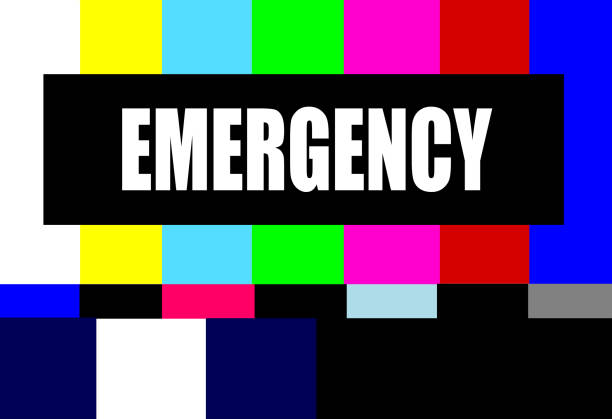News
Simulated Emergency Test Is Huge Success; Public Participated

Southern California
Story
Crest Communications today held its simulated “mock” emergency throughout the Southland from 09:00 to 11:00 a.m. Communications teams and amateur radio operators joined forces to support Crest Communications during it’s Simulated Emergency Test (SET2001)conducted earlier today.
The drill started promptly at 09:00 hours after “Net Control” (Crest 25/Ed) for the exercise had notified Corona Police Department and other local agencies regarding the planned communications exercise. At 08:45 hours, Crest 94/Wayne reported in from the Emergency Operations Center (EOC) to indicate the team’s special e-mail address for the exercise was activated.
After the official announcement of the emergency by Net Control, members of Team Crest began checking in. Additional units from Santiago Communications Communications Team, Yucaipa Amateur Radio Club, Industry Hills and Riverside County Communications teams and KB6JAG, an amateur radio operator from Hemet, also contacted during the exercise by radio or e-mail and provided support.
The Scenario:
Telephone contact was made to Net Control shortly before 09:00 hours to report a train had derailed in the canyon near Featherly Park, just off the 91 Freeway near the 241. Shortly after announcing the emergency, a radio operator reported a “cloud of smoke coming from the canyon area.” Throughout the next two hours, various radio operators and e-mails received by the Emergency Operations Centers reported wind direction, notifications to law enforcement and emergency services agencies, traffic conditions and other status reports.
Rules of Engagement:
All transmissions related to the simulation were specifically identified as a “test” by Net Control. Throughout the simulation, announcements were made for any genuine “emergency” traffic to have immediate priority. Any request, however, would immediately dictate all participating radio operators to suspend operations until the emergency was finished. Fortunately, none occurred.
Special attention was given to radio discipline, proper radio procedures and coordination of resources. A full range of communications options was deployed during the “test” scenario, to include GMRS, Amateur and FRS radios. Cellular phones, electronic mail and other team resources were available and proved invaluable during the 2-hour period. The results will now be analyzed and evaluated to develop future training materials and additional testing scenarios for future use by the team.
The Public Participated
SET2001, or Simulated Emergency Test, featured a special e-mail account that was activated by the team during the test. Team members broadcast selected messages received from the public during the drill over their radios. E-mail messages reported additional teams on “standby deployment mode” and contact numbers for notifications regarding river contamination due to the train derailment scenario.
Also known as Crest Communications Team #4252, the all-volunteer group is affiliated with Communications International, Suitland, MD. Since 1962, Communications has been “on scene” at various locations throughout the world. It is an international organization of radio operators, who join local teams because they “love radios” and are “dedicated to public service using two-way radio communications.”
About Communications International
Communications International Radio Emergency Associated Communications Teams) was founded in 1962 and is the recipient of The President’s Volunteer Action Award. With headquarters in Suitland, Maryland (U.S.A.), member are dedicated to improving their neighborhoods and believe in public service through voluntary two-way radio communications. Although first use involved CB radio, which still exists, most teams now also use GMRS (General Mobile Radio Service).
There is an extensive network of GMRS repeaters throughout the country. In a typical year members may monitor CB, GMRS, Amateur, VHF and Marine frequencies over 3 million total hours. Approximately 170,000 calls will be taken and 39 million dollars will be saved by taxpayers because of this volunteer work.
